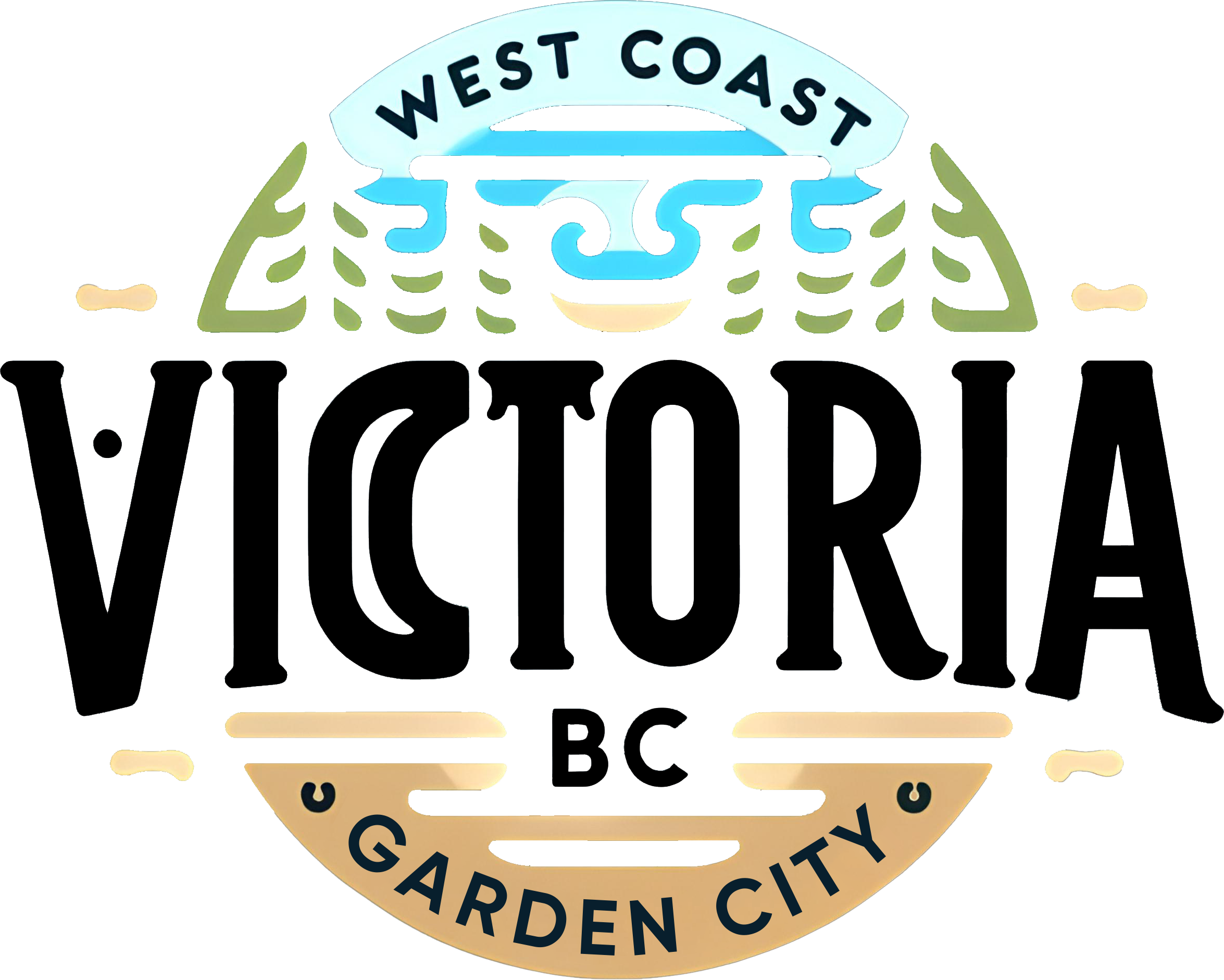HIGHLANDS
HIGHLANDS
The Highlands District is a beautiful rural residential community situated on the eastern side of Saanich Inlet. It spans from north of Goldstream Provincial Park to MacKenzie Bight, and is known for its lush forest and rolling hills. The residents of the Highlands share a common value of preserving their environment and rural lifestyle, and are highly active within their community. The population of the area is just over 2,300, and while there are scattered businesses operating in the district, the bulk of the shopping can be found in nearby Langford. Children and teens living in the Highlands attend school in Langford as well. The Highlands is also home to several protected parklands, including Eagles Lake Municipal Park, Gowlland Tod Provincial Park, and Lone Tree Hill Regional Park, accounting for approximately one-third of the area.
Highlands Sub-Area Attraction Pages:
Highland Pacific Golf Course
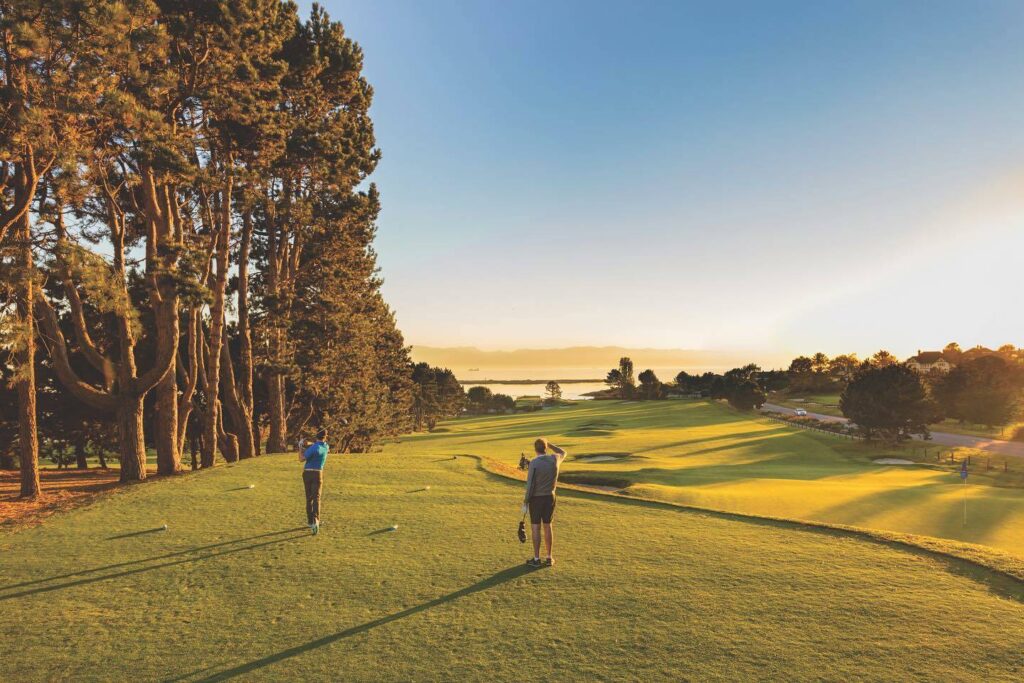
Highland Pacific is a championship 18-hole course located off Watkiss Way on 450 Creed Road in the beautiful View Royal municipality, just a short drive away from Victoria’s downtown area. This gorgeous course offers a challenging layout all year round and is surrounded by forests, rocks, greeneries, and natural water features. The golf course stretches across smooth hills, offering panoramic views of the city of Victoria, Olympic Mountains, the Strait of Juan de Fuca, and Bear Mountain.
Attractions Around Highland Pacific Golf Course
Within a 5-minute drive from the golf course, visitors can explore other places of interest, including:
- Thetis Lake Park – a regional park where visitors can take a walk, go for a bike ride in the stunning forests of the park, or dip into the lake during hot weather.
- Six Mile Pub – to experience the old historical architecture of the pub building and satisfy your hunger.
- View Royal Casino – for those who enjoy gambling.
- Victoria General Hospital – in case of any emergency.
Highland Pacific Golf Course Facilities
- The Gold Course – 6,603 yards total length with six different sets of tee markers for all skill levels.
- Driving range – number one practice facility on Vancouver Island includes a two-tiered 44 stall tee line, 22 heated and covered stalls, lights for evening practice, and natural grass.
- Golf Shop – where avid golfers can find everything they might need for golf or just little souvenirs.
- Range Café – offers a variety of homemade food; the facility consists of a cozy indoor café with a fireplace and modern outdoor patio.
- Catering & Events – includes a banquet facility for up to 72 people with event planning and consultation, professional service, and customizable menu to suit everyone’s needs and budget.
- Storage & Laundry facilities – golfers can lock up their priceless belongings to keep them safe while they play on the course. The laundry facility provides golfers the opportunity to wash and dry their golf attire for four dollars (loonies only) while having a drink at the café after an intense golfing.
Additional Information about Highland Pacific Golf
Highland Pacific Team is highly interested and does its best to accommodate all ages and groups of people:
- Private Lessons
- Semi-Private Lessons
- Group lessons for women, seniors over 50 and “couples therapy”.
- All packages include Video Analysis, Privilege Card with $60 value.
By becoming a member of Highlands Pacific Golf Club, members get the privilege of complimentary classes, discounts on green fees and power carts, and even more for Premium members, including a discount at the Café and Shop, advance booking privileges, and ball buckets.
Highland Pacific Team did not forget about young golfers between the ages of 12-18 and offer junior passes with unlimited usage for a little annual fee.
Corporate Passes are also available for businesses to take their meetings to the golf course and enjoy 9 and 18 holes rounds.
Come and experience the beauty of Highland Pacific Golf Course today!
Traveling to Highland Pacific Golf Course
If you drive to Highland Pacific, they’ve got plenty of parking just in front of the main entrance.
If you use the bus, below is the bus you should take to get there from:
Downtown – # 50 or #14
Langford – #50 or #53
Colwood – # 59 or #52 to Langford
Sooke – #61
Oak Bay – #2 to Downtown
Saanich – # 50
Sidney/Swarts Bay/Airport – #72 to Downtown
Esquimalt – #26 to Saanich
Note: from the closest bus stop to the Highland Pacific Golf Course about 30 mins walk.
Mount Work Regional Park
Link to header image: https://drive.google.com/file/d/1ksqpNi0q5HENLuIbqLHj_LrhmeQWkTTe/view?usp=drive_link
Mount Work Regional Park, located along the border of Saanich and the Highlands, is one of the Capital Regional District’s most extensive parks, covering 697 hectares. The park offers a variety of activities for everyone, including dense forest trails for avid hikers, biking areas in the Hartland region, and two freshwater lakes that are perfect for swimming and canoeing.
Highlights of Mount Work Regional Park
- Mountain biking area at Hartland
- 11km of moderate to challenging hiking trails
- Swimming, canoeing, and fishing at Durrance and Pease lakes
- Outhouses located at the entrance points
- Ample parking at all entrances, including room for buses
- Picnicking area at Durrance lake
While some trails in the Hartland area are more accessible, most of the hiking trails in the Mount Work Regional Park are moderate to challenging. The trail system leads through dense lowland forest, providing incredible scenery full of lush plant life, cheerful singing birds, and a variety of other wildlife. Several trails lead up to the summit of Mount Work, which is a bit short but somewhat steep, and better suited to more capable hikers. The summit trails offer spectacular views of southern Vancouver Island, including Victoria, the Saanich Inlet, Goldstream Provincial Park, Mount Finlayson, Gowlland Tod Provincial Park, and Mount Douglas.
Tips for Courteous Hiking in Mount Work Regional Park
To preserve the park’s natural environment and ensure that a visit to Mount Work Regional Park is enjoyable for everyone, visitors should follow these simple guidelines:
- Stay on the designated trails to prevent getting lost or injuring yourself, and avoid disturbing environmentally sensitive areas.
- Don’t disturb the wildlife or plants, as the park serves as a protected area for many species of plants and animals.
- Keep your dog leashed, as they can also disturb the natural environment of the park.
- Clean up after your dog by bagging and disposing of their waste properly to avoid any incidents.
- Carry out your garbage and dispose of it properly to maintain the park’s beauty and prevent any harm to wildlife.
- Remember that Mount Work Regional Park is meant only for day use by hikers and cyclists, with no camping, open fires, alcohol, or motorized vehicles allowed.
By keeping these guidelines in mind, visitors can help maintain the park’s natural beauty and ensure that it remains a beautiful natural area for years to come.
Lone Tree Hill Regional Park
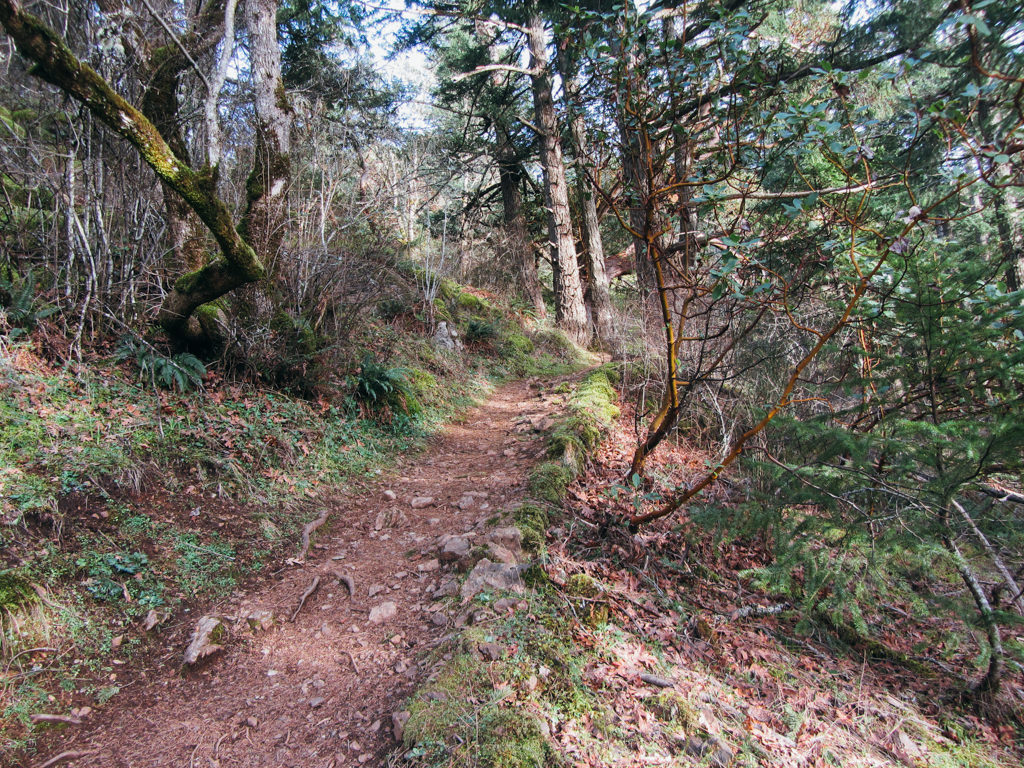
Tucked away in the lush forests of the Highlands, Lone Tree Hill Regional Park is a tiny gem worth discovering. With an area of only 31 hectares, it may not be the largest park in the Capital Regional District, but it offers stunning panoramic views that are hard to beat.
Hiking to the summit is a moderately challenging 1.6km trek from the main parking lot on Millstream Road. While the trails are not suitable for strollers or people with mobility issues, there are side paths that lead to various outcrops apart from the summit, allowing you to enjoy your own private view.
Highlights of Lone Tree Hill Regional Park
- Outhouses at the main parking lot
- Quick access to Goldstream Provincial Park via Finlayson Arm Road
- Home to many rare plants and abundant wildlife
- Short 30-minute hike to the summit
One of the park’s most interesting features is the lone Arbutus tree that dominates the hilltop. The tree is a remnant of the original Douglas fir that was cut down, and it adds its own multi-colored beauty to the already stunning rocky surroundings.
Getting to Lone Tree Hill Regional Park
The park can be a bit tricky to find, but it’s worth the effort. If you’re coming from the West Shore area, keep an eye out for the intersection of Red Cedar Court (Caleb Pike Road on the other side) and Millstream. Turn left onto Millstream Road, and the parking lot will be about 250 meters ahead. Alternatively, you can access the park through Goldstream Provincial Park by taking Finlayson Arm Road and turning left onto Millstream.
Whether you’re looking for a quick walk, a picnic with a view, or a day of short hikes in other parks, Lone Tree Hill Regional Park is a must-visit destination. Don’t miss out on this hidden gem!
Gowlland Tod Provincial Park
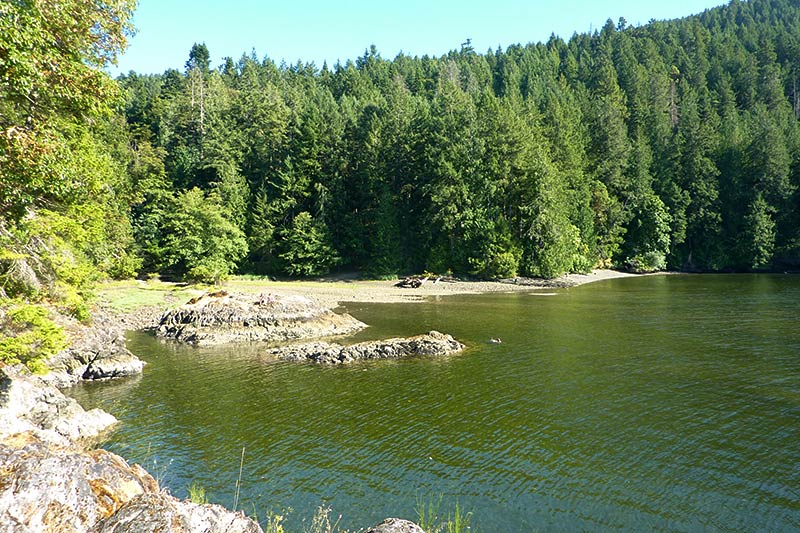
If you are a nature lover and enjoy outdoor activities, Gowlland Tod Provincial Park is a must-visit destination. Spread across 1280 hectares on the eastern side of the Saanich Inlet, this park is one of the largest provincial parks in the area. From hiking and cycling to canoeing and wildlife spotting, this park has something to offer for everyone.
Highlights of Gowlland Tod Provincial Park
- 9 lookout points with breathtaking views
- Caleb Pike and Tod Inlet offer wheelchair-accessible trails and picnicking facilities
- Trails ranging from easy to challenging wilderness hikes
- Ample parking and outhouses at the three access points
- Over 150 identified plant and animal species
- Canoeing, cycling, hiking, horseback riding trails, swimming, and wildlife spotting
As a Class A park, Gowlland Tod is committed to preserving the environment and protecting the plant and animal species within its borders. Visitors to the park can witness a diverse range of wildlife such as blue herons, bald eagles, peregrine falcons, river otters, black-tailed deer, red squirrels, black bears, and cougars. However, owing to the natural habitat of the animals and some challenging trails, it is advisable to exercise caution while hiking.
Safe and Pleasant Hiking at Gowlland Tod Provincial Park
While dogs are welcome, they must remain on a leash at all times, and pet owners must clean up after their pets. The wilderness backcountry trails are not suitable for dogs, and it is advisable to avoid them to prevent any disturbance to the environment.
If you are planning a day trip to Gowlland Tod, here are some tips:
- Wear proper footwear and outerwear as the weather can be unpredictable
- Carry enough food and water to last for the entire hike
- Bring a basic first-aid kit and a sturdy walking stick
- Share your detailed hiking plan with a friend or family member, including estimated return time
In the event of an emergency, call the Conservation Officer Service at 1-877-952-7277.
Gowlland Tod Provincial Park is a natural paradise that attracts visitors from all over the world. With its stunning views, diverse wildlife, and varied hiking trails, it is a perfect destination for outdoor enthusiasts.
The Caleb Pike House
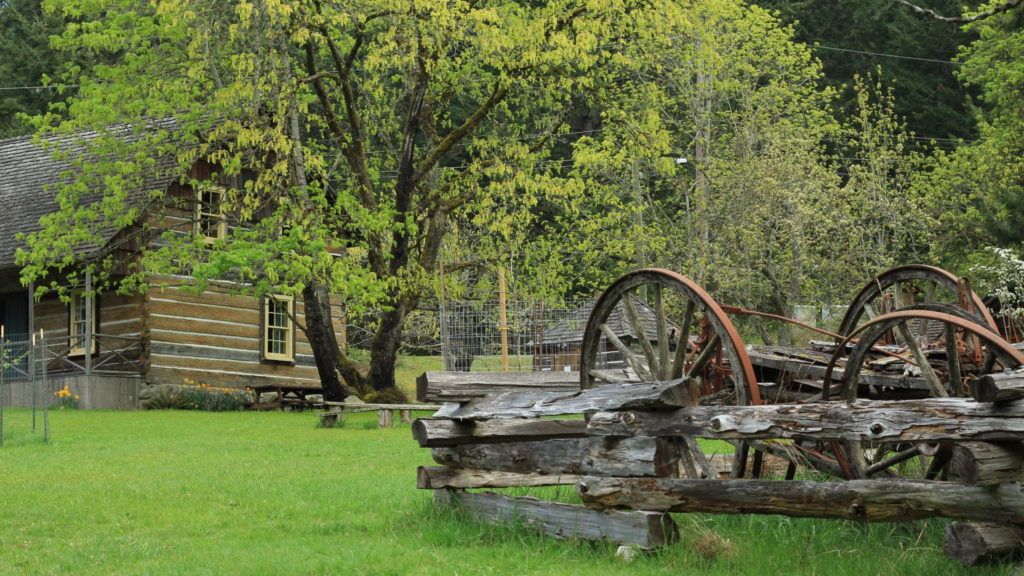
Originally built in 1883 by Caleb Pike, an English colonist who came to Canada to work for the Hudson’s Bay Company, the Caleb Pike House and the heritage park on which it sits now represent the efforts of the Highland community to preserve its pioneer heritage. The land was donated to the Capital Regional District in 1983 and then transferred to the District of the Highlands in 1993. The original house underwent necessary restoration before being opened to the public as a community building in 1985. The house has since been restored a second time, to stabilize the roof, and other buildings have been added to the park.
Highlights of the Caleb Pike House
- Designated as a heritage building, along with 2 others in the park
- Available as a rustic wedding venue
- Available for community and corporate meetings
- Use of their VIHA-certified kitchen included in the rental price
- Event tent rentals available
- Onsite museum
Walking through the buildings is like taking a step back in time, to the Highland pioneer life of the 1880s. You get a glimpse of what daily life must have been like for Caleb Pike, and others like him. At the center of the park is a true gem. Here, you will see a small orchard bearing several heritage apple trees that are over 100 years old, and still going strong. The fruit grown on these trees is rare— many people won’t have heard of the species, and you won’t find them in the supermarkets at all. However, if you are very polite, and ask before simply taking, the caretaker might just let you have one or two of their tasty fruits when they are in season. The apples grown there are a meal in themselves, being large and fleshy, and tasting sweet with just a tiny hint of tartness. Every year in the fall, these apples are gathered up and pressed into cider for the benefit of the community.
Caleb Pike House: A Rustic Wedding Venue
The Caleb Pike House, and the heritage park in which it sits, would make a fantastic rustic setting for a wedding or another kind of special event. For weddings, you have the option to rent the entire facility, buildings and all, for one or two days over a weekend. That means you can choose to hold your wedding in one of the buildings, or the orchard outside, for that little touch of rustic charm. There is a VIHA-certified kitchen available when you rent the Caleb Pike House, or the rest of the heritage park, giving you the option to cater your event or hire someone to do it for you.
Plan Your Visit to Caleb Pike House
The Caleb Pike Heritage Park is not a large attraction, but it’s worth spending time there. There are other nearby places of interest, such as Lone Tree Hill Regional Park and Goldstream Provincial Park, and the West Shore area is a few minutes drive down Millstream Road if you want to plan an entire day of fun. There are no listed facility hours, but going between 10 am and 5 pm is probably best. Don’t forget to check out the onsite museum to learn more about the history of the area.
